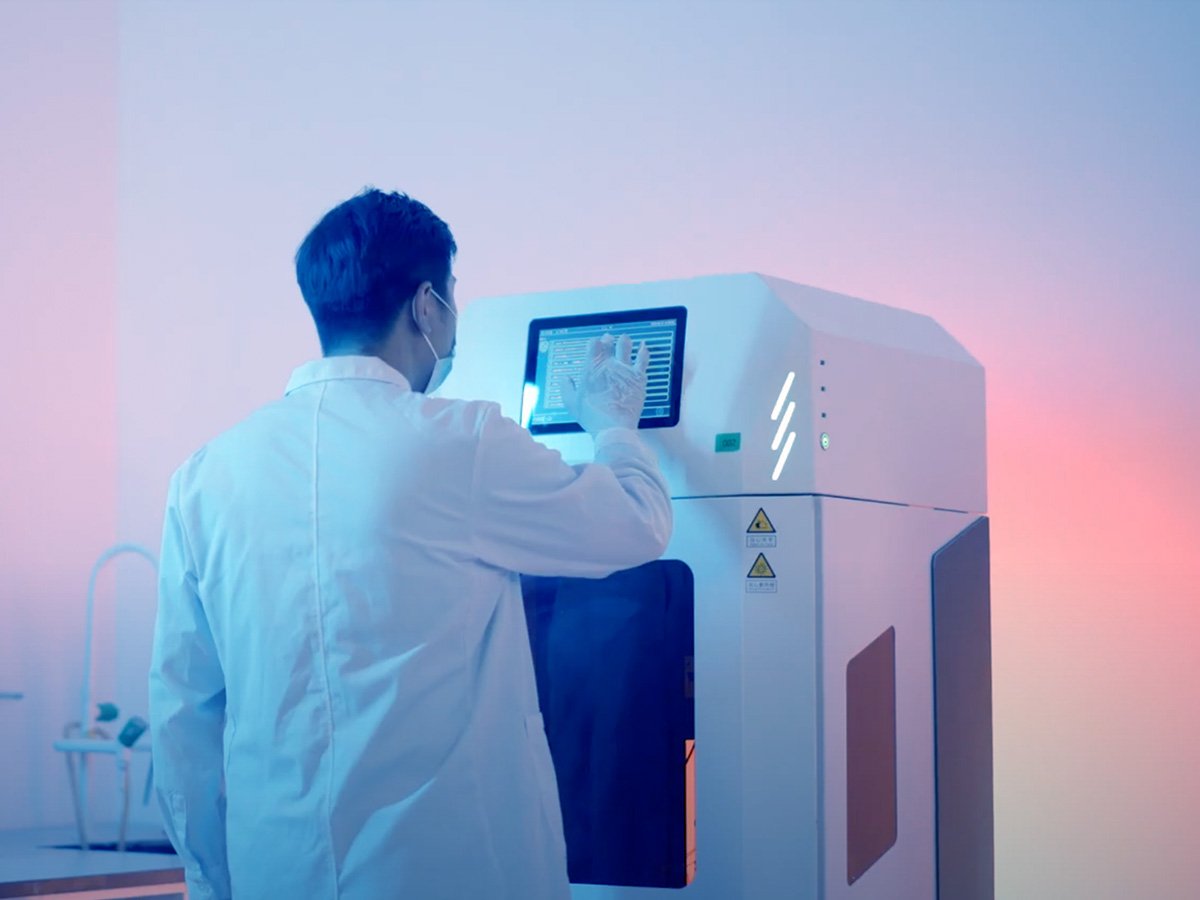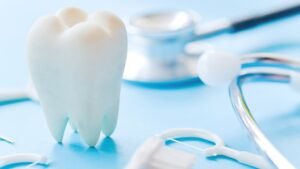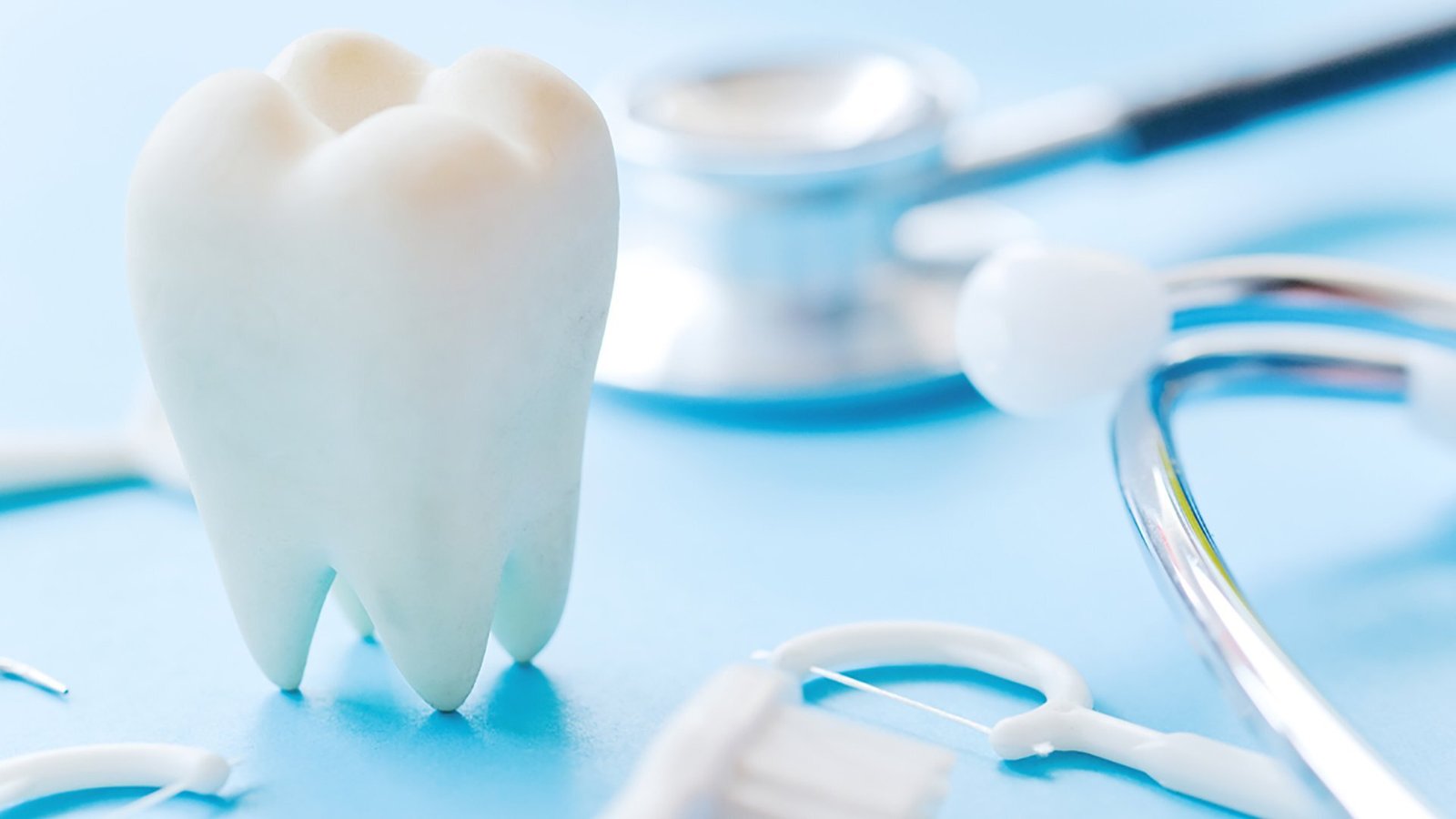The modern dental world utilizes digital technology to offer patients better care. One of the most important instruments in the digital transformation is a dental lab scanner. Scanners translate physical dental impressions into digital information. Dental lab scanners have completely transformed the process of how dental professionals make crowns, bridges, and dentures. They make the work faster and more precise and uniform. They reduce costs and lead to better outcomes.
This article discusses dental lab scanners, their operation, benefits, and how to choose an ideal one.

What is a Dental Lab Scanner?
A dental lab scanner is a one-of-a-kind digital tool that captures the accurate shape and texture of dental models or impressions. It works on the principle of projecting light patterns onto the subject and using cameras to capture them. The scanner software then makes an exact digital 3D model from all this data.
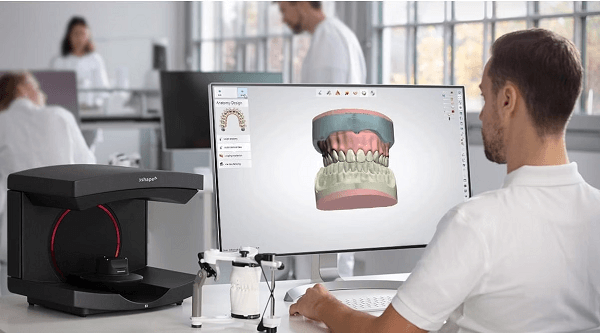
There are different types of dental impression scanners. Some scan dental impressions directly. Others work with stone models. The good scanners can do both jobs effectively. New dental lab scanners make very detailed digital models that dental technicians use to fabricate perfect-fitting dental work.
Applications Of Dental Lab Scanner
Dental impression scanners have many important applications in dentistry:
- Crowns and Bridges: Scanners record the exact shape of teeth to be prepared to use in fabricating correct crowns and bridges.
- Complete Dentures: Computer-assisted scanning assists in fabricating correctly fitting dentures by capturing the exact shape of a patient’s gum tissues.
- Partial Dentures: Scanners remember where the available teeth and gaps lie in relation to each other, which is a prerequisite for smooth partial dentures.
- Implant Work: Precise scanning of implant locations makes perfectly aligned crowns and bridges of implants.
- Clear Aligners: Scanning of dental impression models digitizes models used to design and create clear aligners to straighten teeth.
- Digital Records: Scanned models are permanent digital records that take up no physical space and won’t degenerate over time.
- Better Communication: Dental models can be easily shared between dental professionals, and it becomes easier for them to work together on complex cases.
As technology advances, dental lab scanners become more and more multifunctional, making them indispensable equipment in dental labs.
Advantages of Dental Lab Scanner
The use of a dental lab scanner has several benefits compared to conventional methods:
Speed and Efficiency
Dental model scanners scan fast, even finishing a full-arch scan in a few minutes. Their fast scanning leads to:
- Faster turnaround times for patients
- More cases per day
- Less patient waiting
After scanning, the digital process moves along uninterrupted for shipping physical models.
Excellent Accuracy
Existing dental lab scanners provide outstanding accuracy:
- Capture details as fine as 10 microns
- Avoid distortions that can be present with physical impressions
- Return accurate results each time
- Reduce the need for do-overs due to fit issues
This accuracy directly leads to better-fitting dental work and happy patients
Cost Savings
Even though a dental model scanner is going to cost a great deal of money initially, the long-term cost savings are considerable:
- Reduced money spent on impression materials and stone
- Reduced shipping costs
- Reduced do-overs because it is more accurate
- Increased efficiency of lab personnel’s time
- Added storage without the use of physical space
These cost savings allow dental labs to stay competitive and increase quality.
Improved Workflow
Digital scanning reduces the entire lab process to the bare essentials:
- Instant check on scan quality
- No more waiting for impressions to harden or stone models to dry
- Simple sharing of files with other team members
- Simple integration with design software
- Electronic storage of case data
This improved workflow enables dental labs to work more effectively while delivering high standards.
How to Pick a Dental Lab Scanner
Choosing the best dental lab scanner requires taking into consideration several key factors:
Accuracy and Resolution
The scanner’s accuracy has a direct influence on the quality of dental procedures:
- Look for scanners that provide an accuracy of a minimum of 10 microns
- More resolution means greater capture of detail
- Look at the technology employed (structured light, laser, etc.)
- Make sure the scanner is calibrated to your specific needs
For highly detailed work like implant restorations, increased accuracy becomes increasingly important.
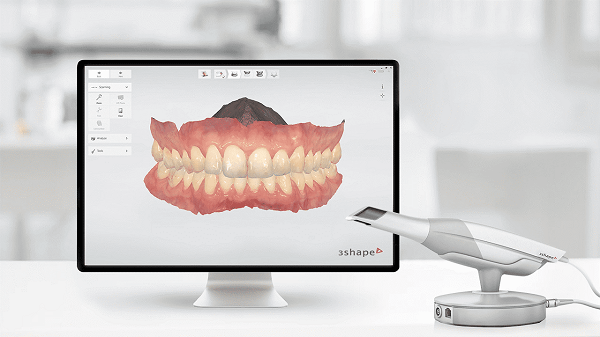
Speed and Efficiency
Greater speed improves productivity:
- Review the scan time needed for full-arch scans
- Take into account warm-up time needs
- Review the speed of processing after scanning
- Review the entire workflow, not just scanning time
A quick scanner that creates files needing extensive repair may not be faster in the end.
Software Integration
The dental lab scanner must be integrated easily with your existing systems:
- Check compatibility with your design software
- Search for an open STL file output
- Search for useful features like automatic margin detection
- Consider how hard the new software is to learn
Good integration of software is what leads to the difference between frustration and smooth functioning.
Cost Factors
In addition to the purchase price, consider:
- Maintenance fees
- Fees for software updates
- Training costs
- How soon will you get your money back
- Methods of payment
The cheapest scanner is not always the most cost-saving over time.
Aidite A-IS Pro Features and Advantages
Aidite has premium-class dental laboratory scanners custom-designed for the specific needs of a dental lab. The most highly advanced when it comes to scanning technology, Aidite A-IS Pro is the best dental lab scanner that enhances productivity as well as accuracy.
Accuracy
Superior in its scanning precision and accuracy with ability to catch even very minute details, A-IS Pro provides scans in just moments, even completing an occlusion scan within 8 seconds and cutting significantly down on worktime.
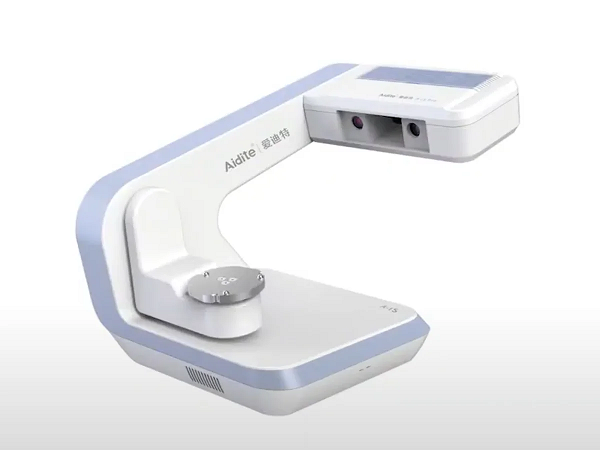
Software Integration
The A-IS Pro has fully integrated software that does everything from the first scan to final output. It accommodates all major design systems, giving labs the freedom to work with their preferred design software.
Aidite provides comprehensive training and support for their scanners to help dental labs get the most out of their investment. The company continually improves its products with software updates provided on a regular basis, improving features and performance.
FAQs About Dental Lab Scanner
What is a dental lab scanner?
A dental lab scanner is a special digital device that creates accurate 3D digital models from real dental impressions or stone models. It takes the exact shape and characteristics of dental structures using light technology.
What are dental scanners used for?
Dental scanners are used to generate digital 3D models to design and make various dental restorations. They’re used for crowns, bridges, veneers, inlays, onlays, full and partial dentures, implant restorations, dental implants, and clear aligners.
How to use a dental lab scanner?
It is quite easy to work with a dental lab scanner. First, position the model or impression as per the manufacturer’s guidelines. Scan it with the software, check the 3D outcome, and then transfer the file to the design software for restoration planning.
Conclusion
Dental lab scanners are now standard equipment in dental labs, revolutionizing the production of dental restorations. These high-tech machines bridge the physical and digital worlds, enabling quicker production, higher accuracy, and more reliable results. Aidite’s dedication to creating innovative scanning solutions means that dental labs can gain access to the equipment they require for excellent results. From creating crowns, bridges, dentures, or aligners, an effective dental lab scanner is your entry point to digital perfection in dental restoration.

